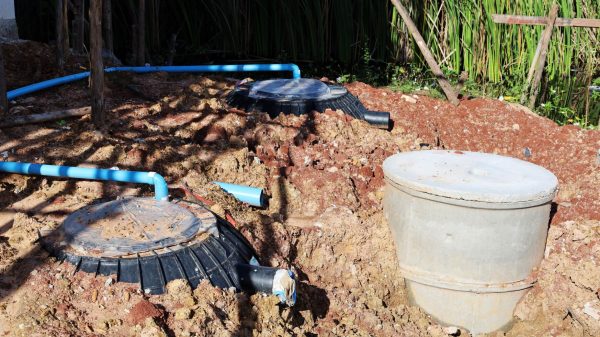
A failing septic system is more than an inconvenience—it’s a health hazard that can damage your property and contaminate groundwater. When your septic tank or drainfield stops working properly, sewage backs up into your home or pools in your yard, creating dangerous conditions for your family and neighbors. Understanding the warning signs and consequences of septic failure helps you act quickly to minimize damage and protect your investment.
Most septic systems fail gradually, giving homeowners time to spot problems before complete breakdown occurs. Slow drains, gurgling pipes, and sewage odors signal trouble brewing beneath the surface. Once failure happens, you’re facing raw sewage exposure, expensive repairs, and potential fines from local health departments.
The cost of septic failure extends beyond repair bills. Contaminated soil, dead vegetation, and groundwater pollution can persist for months or years. Property values drop when neighboring homes discover sewage problems, and selling becomes nearly impossible until the system is fixed and certified.
Warning Signs Your System Is Failing
Septic systems rarely fail without warning. Recognizing early symptoms gives you time to call professionals before minor issues become disasters.
- Slow draining sinks, tubs, and toilets throughout your home indicate the drainfield can’t absorb wastewater properly
- Sewage odors inside or outside your house mean gases are escaping from backed-up pipes or saturated soil
- Wet spots or standing water over the drainfield, especially when it hasn’t rained
- Bright green grass over the septic area grows faster because it’s being fertilized by leaking sewage
- Sewage backup in toilets, showers, or floor drains during heavy water use
These symptoms worsen over time. What starts as occasional slow drains becomes complete blockage within weeks or months.
Immediate Consequences of System Failure
When a septic system fails completely, the results are immediate and unpleasant. Sewage has nowhere to go except back into your home or onto your property.
Raw sewage floods basements through floor drains and backs up through toilets and bathtubs. The smell makes your home unlivable. Everything the sewage touches becomes contaminated and must be cleaned or discarded.
Outside, sewage pools in your yard, killing grass and plants. The black, foul-smelling liquid attracts flies and other pests. Neighbors notice the odor and standing water, creating tension and embarrassment.
Health Hazards from Sewage Exposure
Sewage contains bacteria, viruses, and parasites that cause serious illness. Direct contact or breathing contaminated air puts your family at risk.
- coli, salmonella, and hepatitis A spread through sewage exposure. Children playing in contaminated yards can ingest harmful organisms. Pets track sewage into your home, spreading contamination to carpets and furniture.
Breathing sewage gases causes respiratory problems, headaches, and nausea. People with asthma or other respiratory conditions suffer worse symptoms. Prolonged exposure weakens immune systems and increases infection risk.
Environmental Impact
Failed septic systems don’t just affect your property—they contaminate groundwater that supplies drinking water wells. Nitrogen and phosphorus from sewage fuel algae blooms in nearby lakes and streams.
Bacteria from human waste travels through soil into aquifers. Wells within hundreds of feet of failed systems become unsafe to drink. Entire neighborhoods may need to switch to bottled water until contamination clears.
Nitrogen pollution kills fish and aquatic plants. Beaches close when sewage bacteria reaches unsafe levels. The environmental damage from one failed system affects the entire community for years.
Property Damage and Financial Loss
Septic failure destroys more than your drainfield. Sewage backup ruins floors, walls, and personal belongings. Insurance rarely covers septic-related damage because it’s considered a maintenance issue.
Saturated soil around your foundation causes structural damage. Water seeps into basements and crawl spaces, promoting mold growth. Repairing both the septic system and resulting home damage easily costs $20,000 or more.
Property values plummet when septic problems become public record. Home sales fall through during inspections. Even after repairs, disclosure requirements mean telling future buyers about past failures.
What to Do When Failure Occurs
Acting quickly limits damage and health risks when your septic system fails.
- Stop using water immediately to prevent more sewage from backing up into your home or yard
- Keep people and pets away from contaminated areas to prevent illness
- Contact a licensed septic professional for emergency service—don’t try DIY repairs with sewage
- Document everything with photos and videos for insurance claims
- Notify your health department as required by local regulations to avoid fines
Dr. Septic provides emergency septic services throughout San Diego. Our experienced technicians diagnose failure causes and provide permanent solutions to get your system working safely again. Call us immediately when you notice septic problems.
Prevention Saves Money and Headaches
Regular maintenance prevents most septic failures. Pumping your tank every 3-5 years removes accumulated solids that clog drainfields. Annual inspections catch problems before they cause system failure.
Watch what goes down your drains. Grease, coffee grounds, and feminine hygiene products don’t break down in septic tanks. Use septic-safe toilet paper and avoid chemical drain cleaners that kill beneficial bacteria.
Protect your drainfield from compaction. Don’t park vehicles or place heavy structures over it. Divert roof gutters and surface water away from the septic area to prevent soil saturation.
Don’t Wait Until It’s Too Late
Septic system failure is expensive, dangerous, and disruptive, but it’s almost always preventable. The warning signs give you time to act before sewage backs up into your home or contaminates your yard. Regular maintenance, careful water use, and prompt repairs when problems appear keep your system running for decades.
When you notice slow drains, odors, or wet spots over your drainfield, don’t ignore them. These symptoms only get worse and more expensive to fix. A small repair today prevents a complete system replacement tomorrow.
Your septic system is out of sight but shouldn’t be out of mind. Protect your family’s health, your property value, and San Diego’s groundwater by taking septic maintenance seriously. The few hundred dollars spent on pumping and inspections is nothing compared to the cost of system failure.
